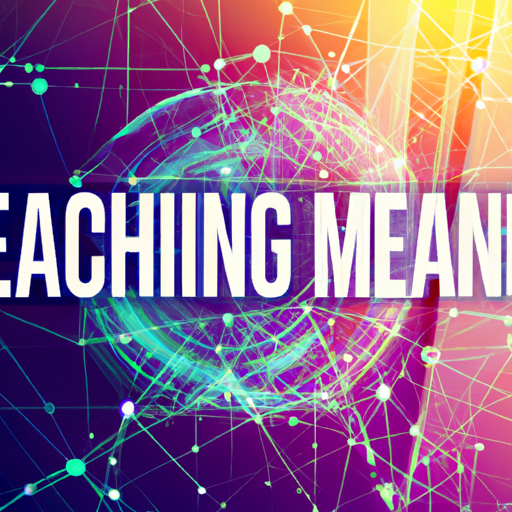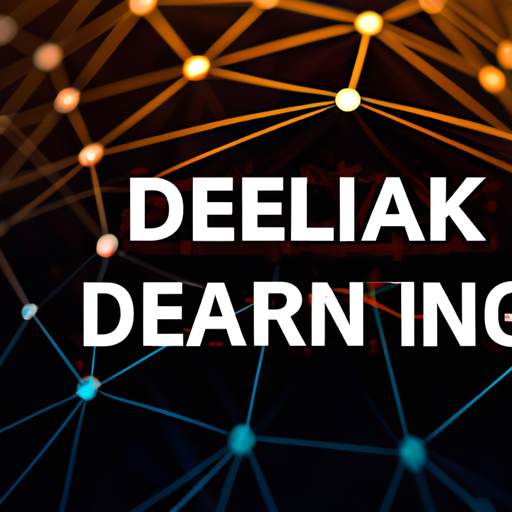Machine Learning Algorithms
Introduction to machine learning algorithms
Machine learning algorithms are the backbone of many modern technologies, driving advancements in everything from personalized recommendations to self-driving cars.
Understanding these algorithms can seem daunting at first, but with a little guidance, anyone can grasp the basics.
Let’s embark on a journey to uncover the magic behind machine learning algorithms and see how they shape our world.
What are machine learning algorithms?
Machine learning algorithms are sets of rules and techniques that enable computers to learn from data and make decisions or predictions based on that data.
Unlike traditional programming, where explicit instructions are given, machine learning allows systems to improve their performance over time by learning from experience.
Imagine teaching a child to recognize different animals.
Instead of providing a detailed description of each animal, you show them numerous pictures labeled with names.
Over time, the child learns to identify animals based on patterns they observe in the images.
Similarly, machine learning algorithms use data to identify patterns and make informed decisions.
Types of machine learning algorithms
There are several types of machine learning algorithms, each suited for different tasks and data types:
Supervised learning
Supervised learning is like having a teacher guide you through your lessons.
The algorithm is trained using labeled data – where both input and output variables are provided.
For example, predicting house prices based on features like square footage and location falls under supervised learning.
Common supervised learning algorithms include:
– Linear regression
– Decision trees
– Support vector machines (svms)
Unsupervised learning
Unsupervised learning is more exploratory.
The algorithm is given data without explicit instructions on what to do with it.
It tries to find hidden patterns or intrinsic structures within the data.
A classic example is customer segmentation in marketing – grouping customers based on purchasing behavior without pre-labeled categories.
Popular unsupervised learning algorithms include:
– K-means clustering
– Hierarchical clustering
– Principal component analysis (pca)
Reinforcement learning
Reinforcement learning mimics how humans learn through trial and error.
An agent interacts with an environment and learns by receiving rewards or penalties for its actions.
This type of algorithm is used in training robots or developing game-playing ai like alphago.
Key reinforcement learning techniques include:
– Q-learning
– Deep q networks (dqns)
– Policy gradient methods
The role of big data in machine learning algorithms
Big data plays a crucial role in enhancing machine learning algorithms by providing vast amounts of information for training purposes.
With more data comes better accuracy and reliability in predictions.
Consider netflix’s recommendation system as an example.
By analyzing massive amounts of user data – viewing history, ratings, search queries – netflix’s algorithm can suggest movies and shows tailored to individual preferences.
However, working with big data also presents challenges such as storage issues, processing power requirements, and ensuring data quality.
Advanced techniques like distributed computing frameworks (e.G., Apache hadoop) help overcome these hurdles by enabling efficient analysis of large datasets.
The power of ai technology and automation in machine learning algorithms
Ai technology amplifies the capabilities of machine learning algorithms through automation.
Automated processes streamline tasks that would otherwise require significant human effort.
Take self-driving cars as an illustration: these vehicles rely heavily on real-time data processing powered by ai technologies combined with sophisticated machine-learning models.
Sensors gather information about road conditions; cameras detect obstacles; gps provides navigation guidance—all seamlessly integrated into automated systems allowing safe autonomous driving experiences.
Automation also extends beyond transportation—industries such as healthcare benefit immensely too!
For instance:
Medical diagnosis: automated diagnostic tools analyze patient records/images quickly & accurately;
Predictive maintenance: manufacturing plants use automated predictive maintenance systems preventing equipment failures before they occur;
Fraud detection: financial institutions deploy automated fraud detection mechanisms safeguarding against fraudulent transactions efficiently!
Real-life examples of machine learning algorithm applications
Machine-learning algorithms have found applications across various domains transforming industries worldwide! Here are some fascinating real-life examples:
1) Healthcare diagnostics: ibm watson uses natural language processing (nlp) & deep-learning models diagnosing diseases accurately from medical literature/data;
2) E-commerce personalization: amazon employs collaborative filtering techniques recommending products based on customer behavior/purchase history;
3) Social media analytics: facebook leverages sentiment analysis identifying trends/sentiments expressed within user posts/comments enhancing user engagement experiences;
4) Financial market predictions: hedge funds utilize quantitative trading strategies driven by complex neural networks predicting stock market movements effectively!
5) Autonomous vehicles development: tesla incorporates computer vision systems recognizing objects/obstacles ensuring safe autonomous driving capabilities!
These examples demonstrate how versatile & impactful machine-learning applications truly are—revolutionizing diverse sectors globally!
Conclusion – embracing the future with machine learning algorithms
Embracing machine-learning-algorithms opens up endless possibilities shaping our future positively! By understanding fundamental concepts explored above—you’re now equipped appreciating their significance/applications better!
Whether it’s personalized recommendations improving daily lives or groundbreaking innovations reshaping entire industries—machine-learning-algorithms continue revolutionizing technological landscape profoundly impacting society-at-large!
So let’s embrace this exciting journey together—exploring new frontiers empowered by cutting-edge advancements unlocking potential beyond imagination!










